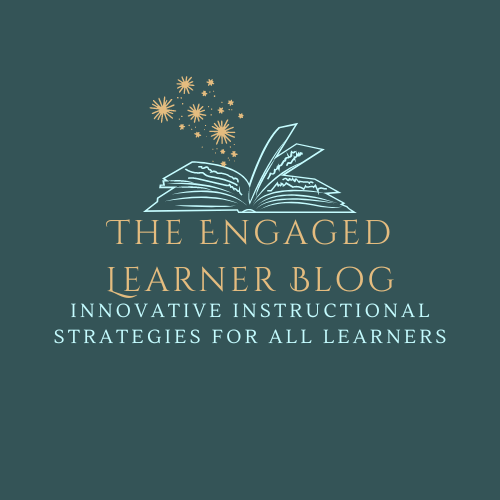Balancing Tradition and Innovation: Timeless Teaching Methods in a Modern World
- Candice Rogers
- Feb 3, 2024
- 3 min read

For anyone that grew up in the 80's and 90's, I'm sure we can all remember what school was like according to our memories. I remember recess the most, getting dizzy on a merry-go-round and sliding down a hot metal slide and feeling the burn on my legs through my pants, but still going down over and over again until the bell rang. Inside the classroom, each student had a textbook for every single subject and we would read together as a class and I would count the paragraphs to determine which one I would have to read. To be honest, I sat and read the paragraph to myself over and over so I would not embarrass myself when it was my turn. Reading in a whole group is a teaching strategy that has been used for decades but has slowly become less prevalent. Does that mean it's an impractical strategy?
Benefits of Traditional Teaching Methods
Traditional teaching methods have been used for decades, maybe even centuries, and students have been able to learn efficiently through these methods. These types of strategies consist of: teacher lecture, drill and practice, recitation, memorization, chalkboard or whiteboard instruction, homework assignments, and assessments. There are definitely benefits to all these methods. Some of these benefits are:
Efficient Time Management: Lectures and direct instruction can efficiently cover a large amount of content in a relatively short time. This is particularly useful when there is a need to convey foundational knowledge.
Teacher Expertise: Traditional teaching allows for the expertise of the teacher to be front and center. The teacher can share their knowledge and experience directly with students.
Assessment and Accountability: Traditional assessments, such as exams and quizzes, provide clear benchmarks for student performance. Teachers can easily evaluate and measure students' understanding of the material.
Familiarity and Tradition: Many students and educators are familiar with traditional teaching methods, as they have been widely used for generations. There can be a sense of comfort and familiarity with these approaches.
These strategies still have a place in the classroom and should still be used in conjunction with a more progressive approach.

Benefits of Progressive Instructional Strategies
Walking into a classroom today, you might see students doing several different activities at the same time. Some students might be working on a computer, while others are working in a group on a project and the teacher is sitting with a small group of students. The classroom would most likely be lively and not as quiet as traditional classrooms. More progressive approaches to education are: Project-based learning, Problem- based learning, Cooperative learning, Flipped classrooms, Socratic seminars, Game based learning, and technology integration. The benefits of these methods are powerful!
Engagement and Motivation: Progressive methods often increase student engagement by making learning more interactive and relevant. Incorporating activities, projects, and collaborative work can motivate students to participate actively in the learning process.
Critical Thinking Skills: Many progressive strategies emphasize critical thinking, problem-solving, and analytical skills. Students learn to think independently, analyze information, and apply knowledge to real-world situations.
Creativity and Innovation: Progressive methods encourage creativity and innovation by providing opportunities for students to express themselves, explore ideas, and find unique solutions to problems.
Collaboration and Communication: Strategies like collaborative learning and group projects foster teamwork and effective communication skills. Students learn to work together, share ideas, and articulate their thoughts.
Real-World Application: Progressive teaching methods often emphasize connecting classroom learning to real-world applications. Experiential learning, field trips, and hands-on activities bridge the gap between theory and practice.
Adaptability to Diverse Learning Styles: Progressive approaches recognize and accommodate diverse learning styles, allowing for a more personalized learning experience. Differentiated instruction ensures that individual student needs are met.
Education has come a long way in the past 20 years! The classroom is not just a place to sit and be quiet while listening to the teacher all day. Students now have the opportunity to collaborate, investigate problems, and think more critically, however more progressive methods must be used in conjunction with traditional methods to create an effective balanced approach to learning.





Comments